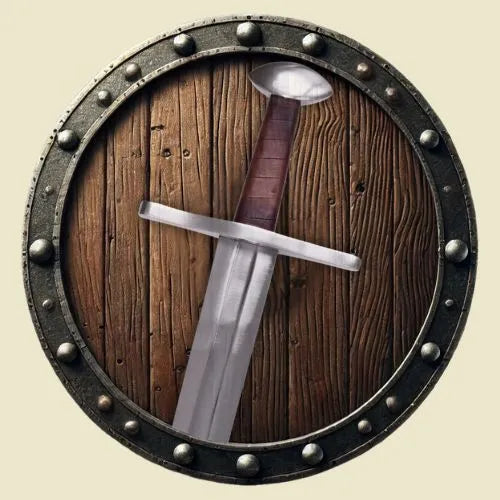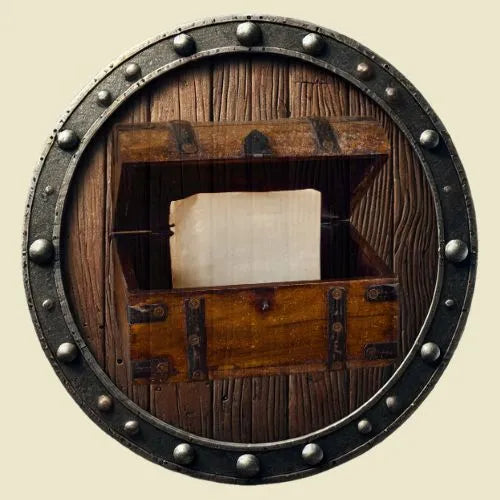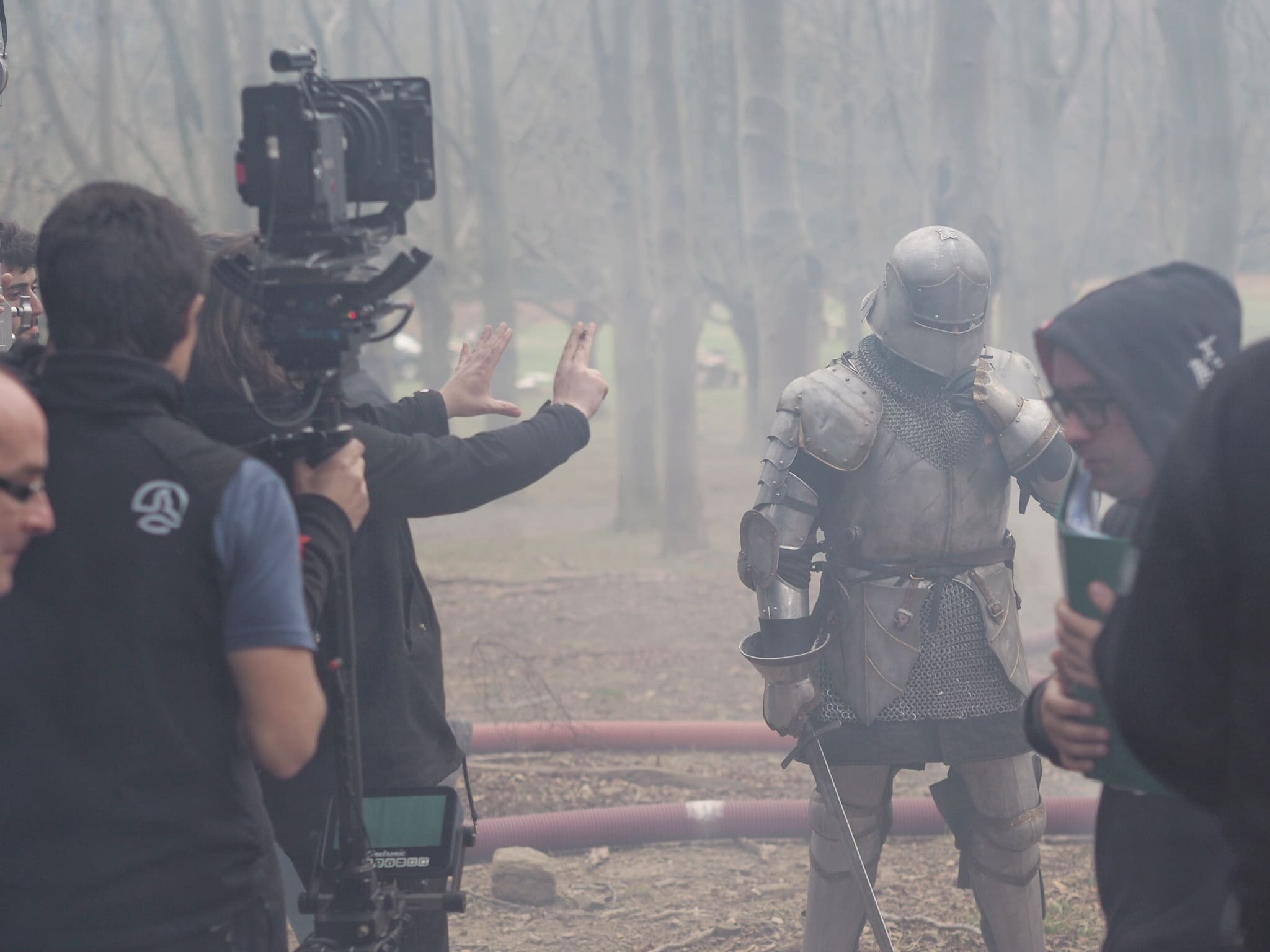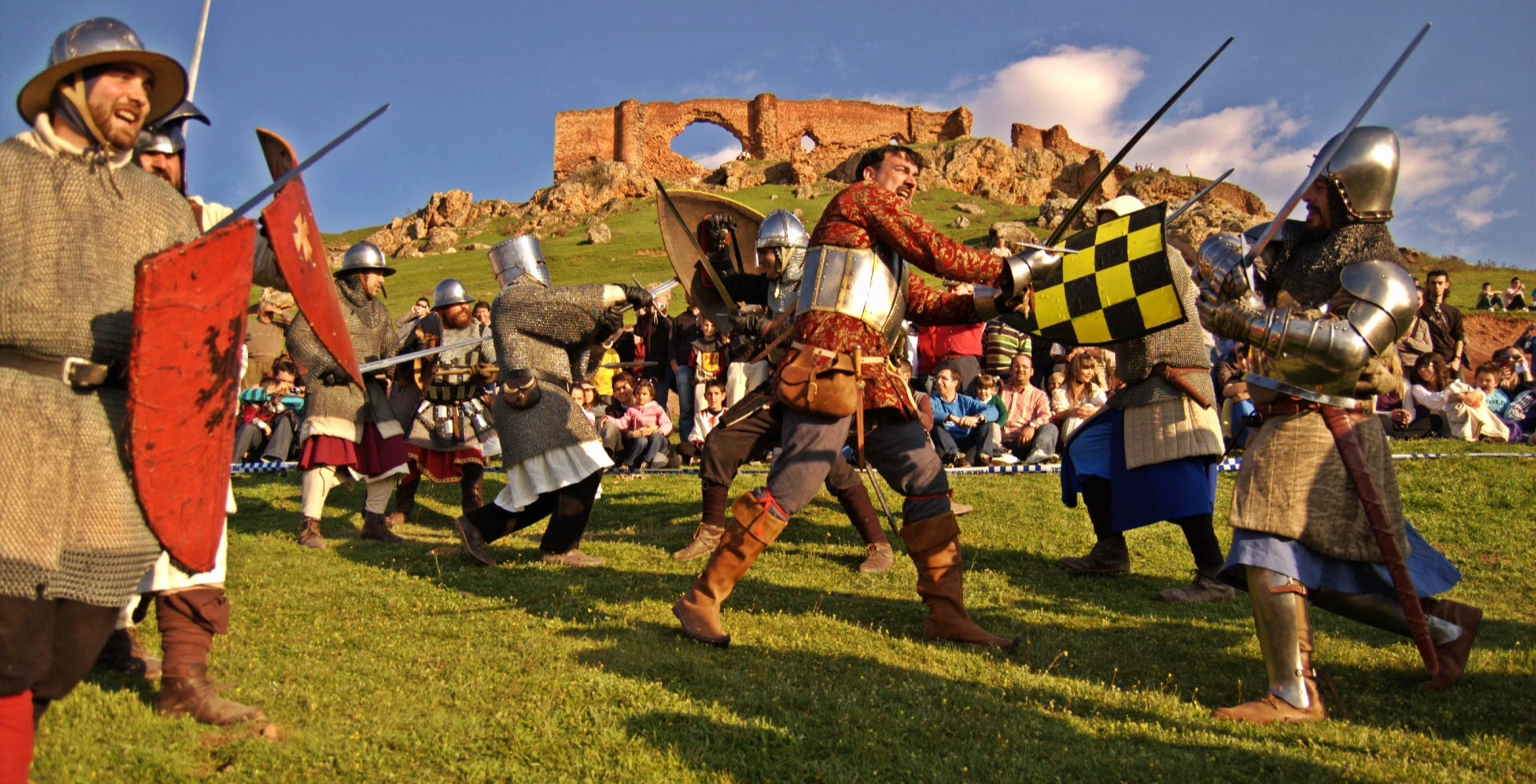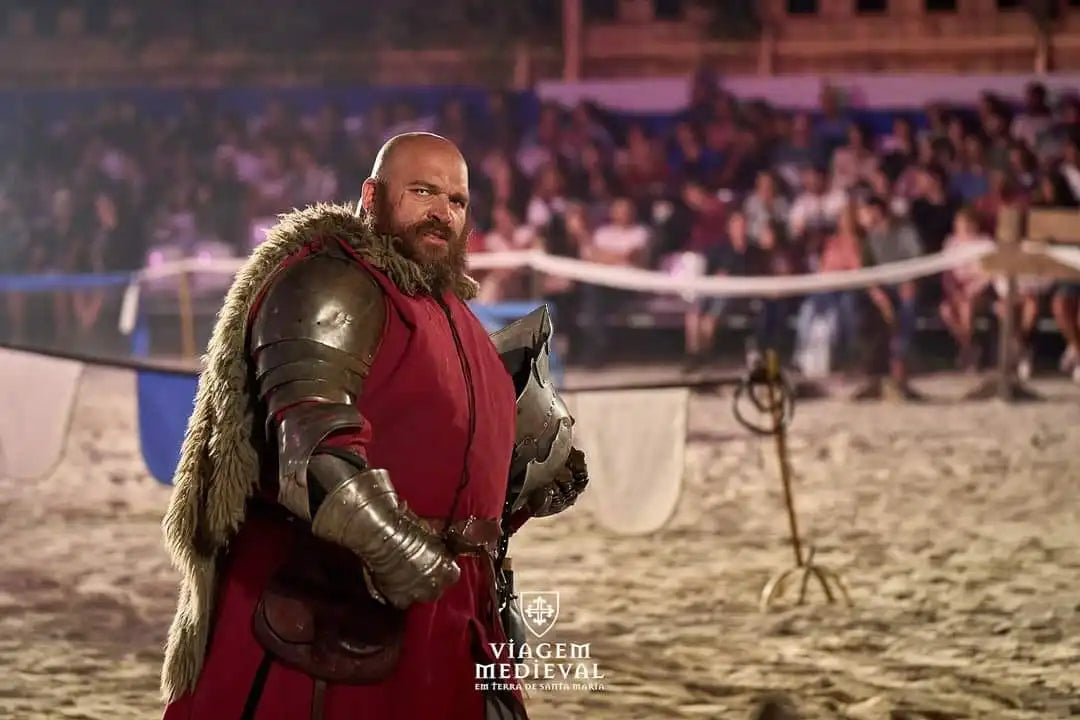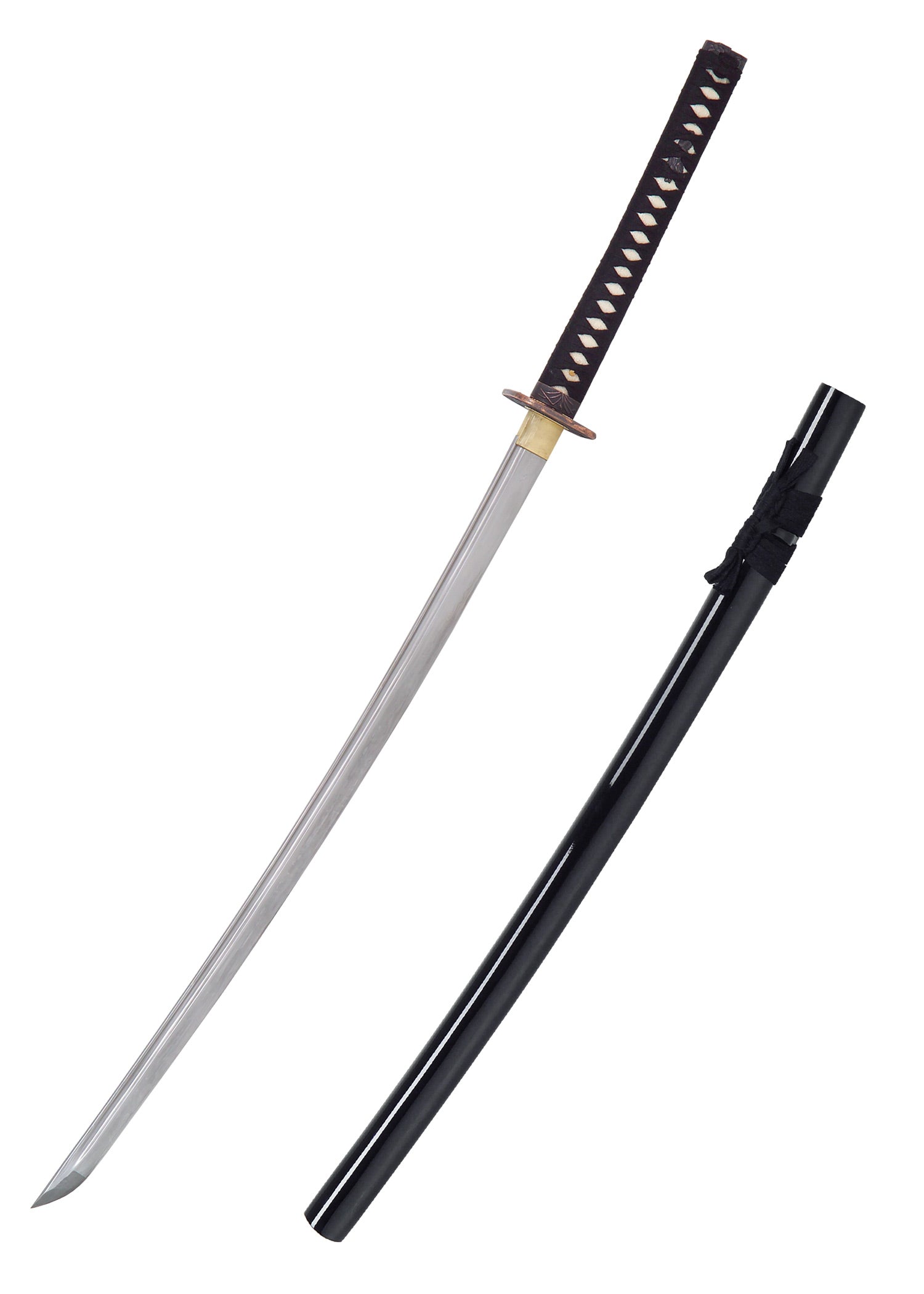Choose options
Treat yourself to a John Lee Fujisan Katana, Damascus Steel
John Lee Fujisan Katana, Damascus Steel
Hand-forged samurai sword from the John Lee series
Masterpieces of Asian blacksmithing
- The sword blades are hand-forged from carbon steel and tempered in the traditional way.
- The blades have been folded 12 times (resulting in approximately 8,000 layers) and have a beautiful damask structure.
- The tapered blades have been provided with a bo-hi (channel) to reduce weight.
- The handles (tsuka) are made of wood, covered with real fish skin (seed).
- Handle wraps (tsuka-ito) are traditionally made of black cotton.
- Two menukis embedded in the handles.
- The sword ribs are extra long and are attached to the handle with two bamboo pins (mekugi).
- The scabbards (saya) are made of wood.
- The blade clamps (habaki) are made of brass.
- Made according to museum templates.
John lee fujisan katana
At over 3,700 meters, Mount Fuji is the highest mountain in Japan. This sacred mountain plays an important role in Shintoism, the ancient Japanese religion. Fu means "wealthy," ji means "warrior," and san means "mountain." The tsuba depicts Mount Fuji.
Dimensions/details:
The blades fold 12 times.
Total length: approx. 104 cm
Blade length: approx. 73 cm
Handle length: approx. 12"
Leaf curvature (sori): approx. 18-20 mm
Weight without cover: approx. 1.05kg
Weight with case: approx. 1.3 kg
The term Damascus steel , Damascus steel , or simply Damascus refers to a composite steel made from two or more different types of steel. The name is derived from the Syrian city of Damascus, which is considered an ancient stronghold and origin of Damascus steel production.
Typically, a hard, high-carbon steel and a soft, low-carbon steel are joined by repeated welding and folding using forging. The high-carbon steel provides greater hardness, better hardenability, and longer edge retention, while the softer steel gives the blade greater elasticity and increased resistance to breaking. With this technology, which developed in a time of poor and changing steel qualities, the positive properties of different steels can be combined. Due to the different colors with different carbon contents, stunning patterns of alternating layers are created, such as the so-called twist damask or rose damask . Because of these patterns, Damascus swords of the Middle Ages were said to have inherent magic. The Edda describes a damascened sword as a bloodworm, a poisonous snake.
At Tienda Medieval, we have thousands of medieval and other period products. Discover them!
Free shipping
The entire Iberian Peninsula from €60 (*Does not include islands) and shipping worldwide. Check our rates.
Customer service
We are available Monday through Friday to answer your questions.
Secure Payment
We comply with all regulations to ensure Secure Payment
Contact us
Need to contact us? Just email us at info@espadasymas.com

